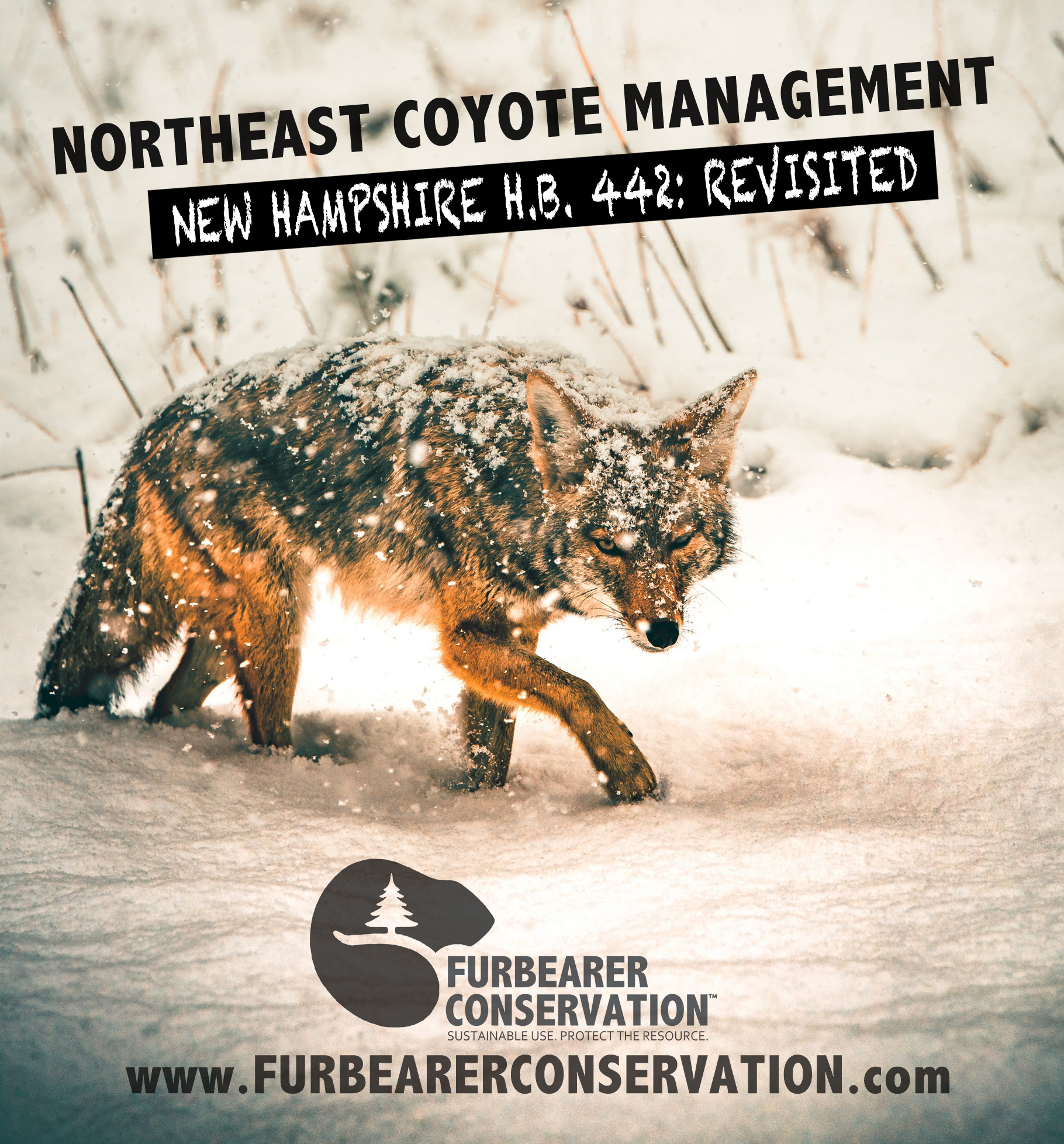The Quebec city of Montreal has recently bore witness to an uptick in wild canid presence. So much so that in the past 3 years, the suburbanized coyotes that roam the outskirts of the city have caused 19 attacks on people - including a 2018 attack on 3 children. The bites inflicted were reportedly non-life threatening, however, the news is certainly troublesome given a species that is typically wary of human activity.
Montreal is not taking these attacks lightly - rolling out a “no-nonsense” plan to address their increased coyote presence “head on”. According to recent reports, the new plan involves outreach to citizens and city employees on several techniques to “frighten away” the coyotes.
The city’s “tough love” approach includes blowing a whistle, clapping your hands, waving your arms, shouting, and, when all else fails, honking your car horn.
If none of those tactics work, the city has also permitted the throwing of objects; but stipulates not to hit coyotes, only to “scare them away”.
Y’know, because in the natural wild world, nothing sends the message to a hungry wild predator that you “mean business” quite like a good ol’ arm wave. Clearly the only reason deer, livestock, and other prey species fall “victim” to the coyote is because they left their coyote whistle at home.
The situation is so dire, Montreal officials have deployed “teams of specialists” to break up coyote mischief in city parks - using noise of course. I’m sure its a relief to city residents that “the pros are hot on the case.”
“It’s not normal to see a coyote just lying in the sun when 100 people are passing by,” says Émilie Thuillier, the mayor of Montreal’s Ahuntsic-Cartierville borough, in an interview with the New York Times.
Yes Ms. Thuillier, we’d have to agree with you wholeheartedly - a coyote taking a sun bath in a city park in broad daylight should be somewhat cause for concern. While its not abnormal to see a coyote during the day, a lounge session in a heavily populated area just aint right for a wild animal. All that high traffic noise and hustle and bustle must be too quiet to “scare the coyote away” - better get a whistle.
Seriously, though
All sarcasm and cynicism aside, is anyone making the connection as to why everything mentioned above is a bad thing? 19 attacks in less than 3 years should be cause for concern. Not as much that coyotes are intermingling in the inner-cities of North America, but more so that they are dramatically losing fear of man - and it shows. We’re having a hard time figuring how flapping your arms or tooting a whistle (both things that sound more like traits of the coyote’s prey species) are designed to “deter” a species that has spent the last several decades adapting to our presence and surviving on the outskirts of our urban sprawl. Furthermore, where exactly in the natural world does hand waving signify an establishment of territory?
There’s a reason why all kinds of furbearers, from skunks and raccoons to coyotes, have adapted so well to city life; and it has very little to do with fear of humans. In fact, it may have something to do with the exact opposite. Amid several other factors, wildlife suburbanization seems to correlate in areas with limited to no hunting pressure - like cities and suburbs, where the density of homes and traffic restricts hunting and trapping activities.
Roland Kays, an ecologist at North Carolina State University and the North Carolina Museum of Natural Sciences tends to agree.
Finding ways to make coyotes fear humans again is “tricky,” he told the New York Times. “Out in the wild in rural areas if a coyote gets bold and hangs around people, it’s going to get shot,” he said. “And in urban areas that just doesn’t happen.”
Personally, we here at the FC feel people could be better served containing trash, pulling in bird feeders, and minimizing other food sources to reduce human-dependency from wildlife.
Its important to note we aren’t calling on the “kill ‘em all” narrative. Decades of man’s old-world attempts to eradicate the coyote have been attempted, and failed. Its our personal opinion that broad expansive culling isn’t likely to be the best way to manage the adaptable and resilient eastern coyote. However, we do feel real-world regulated management techniques are far more effective than, say, flapping your arms.
Support for regulated hunting and trapping during fall and winter seasons can help to reduce localized population numbers while also establishing fear in humans, and honing biological trends and characteristics with state and provincial wildlife agencies.
If all else fails, and that curious canine does decide to take a bite out of your shin, make sure you’re carrying your “coyote whistle” in Montreal.










Science seeks to inform and comprehend understanding. It’s a concept that is independent, and asserts the chips will fall where they may. Pseudoscience, by contrast, seeks to scrounge for little bits and pieces of data to correlate and reinforce an agenda, then herald a perceived discovery whether the pieces of the puzzle actually fit together or not.